
Tom Clancy’s The Division launches on PS4 on March 8th, 2016… that’s tomorrow! Set in a representation of New York ravaged by a biological attack, Ubisoft Massive’s third-person, cover-based shooter features a heavy emphasis on player progression, loot collection, and social interaction.
Having played the recent open beta of The Division, we had lots of questions for the team behind this ambitious new project. We got in touch with Martin Hultberg, IP Director from Ubisoft Massive, to learn more.
PlayStation.Blog: The Division is a huge project with a lot going on — how would you describe it in a single sentence?
Martin Hultberg: A highly immersive and social open world RPG-shooter set in the most realistically recreated New York ever, where a deadly pandemic has brought the city to the edge of collapse and even your best friend can become your worst enemy.
“We see The Division as the start of something bigger than just the initial release.”
PSB: Loot-based shooters are becoming more and more popular. What’s your approach to the loot system in The Division?
MH: We have separated them between two types of loot; equipment and cosmetic items. Equipment, like weapons and gear, affects the stats and power of your character. Cosmetic items allow you to create a unique character of your own. Being a shooter, weapons are of course important and they can be fitted with mods and skins to further enhance or change both performance and appearance.
PSB: Are you building The Division as a long-term experience? Will players have reasons to keep playing after finishing the main campaign?
MH: We see The Division as the start of something bigger than just the initial release as we have extensive plans for updates and DLC. Our goal is to create a universe we can expand on, together with the fans who play it.
PSB: The Dark Zone is an interesting social experience. At what point during development was it implemented, and what is its role in The Division’s overall ecosystem?
MH: The Dark Zone concept has always been at the heart of the game. It is a social experience, with everything from casual social spaces, to cooperative group play and the risk of adversarial encounters in the Dark Zone. The idea is to create a very dynamic and tense situation with high risk and high reward; something that will resonate with players who want to explore, look for loot or fight other people.
PSB: What has the team learned as a result of the recent open beta? Have any significant changes been made as a result of player feedback?
MH: I think we learned a lot. We found some issues we hadn’t seen before, got confirmation on how people acted with features like the Dark Zone, and had a chance to do loads of optimization and bug fixes. This is what betas are good for and we got a great deal out of them.
PSB: What was the team’s goal when designing and implementing Proximity Chat? It certainly leads to some tense situations.
MH: Exactly that! Communication is key and we have always tried to get this into our games. It is a perfect fit for the Dark Zone where we want to create tension, suspense and fragile teamwork.
“We’ve taken some liberties in recreating New York, but it is quite close.”
PSB: How 1:1 is the architecture and layout of The Division’s New York to the real-life city?
MH: We’ve taken some liberties in recreating New York, but it is quite close. It isn’t just about the size, but the detailed recreation of everything from graffiti to certain buildings. It really feels like New York as you walk through it.
PSB: The Division excels as a multiplayer experience. Is it designed primarily around social interaction, or will players be able to fly through the game solo without feeling like they’re missing too much?
MH: You can play it alone, for sure! There are many systems that encourage and try to tease that social experience of playing with or against others, but if you don’t want that then the game has a full single-player experience as well.



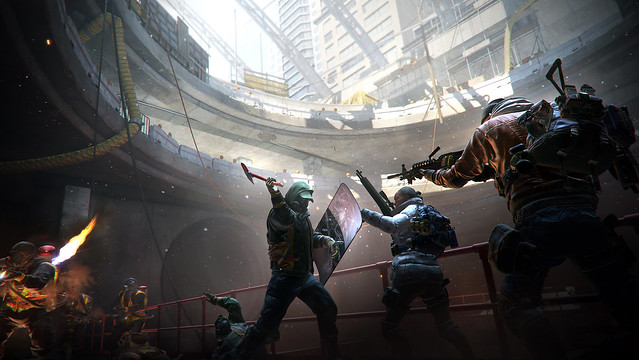
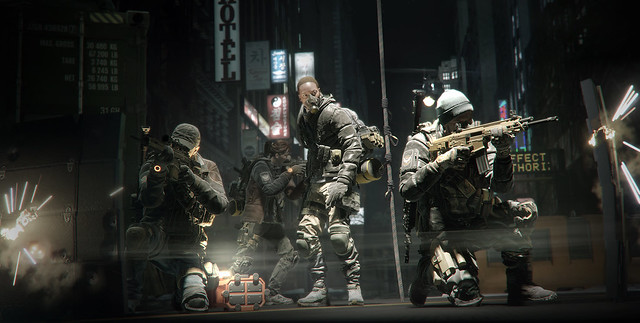
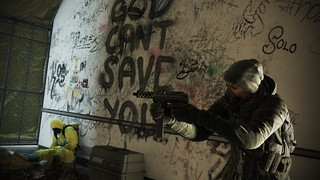
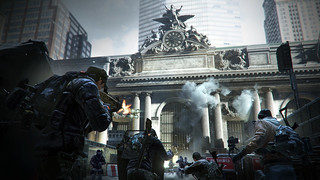
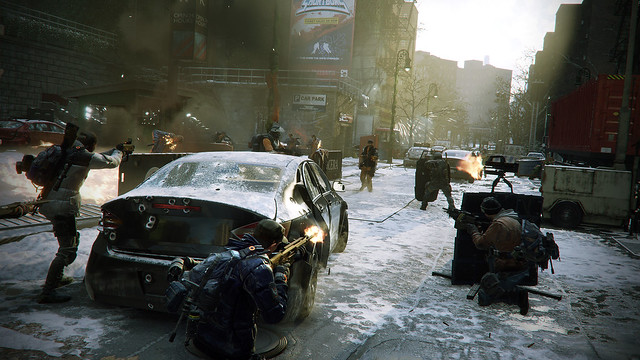








Comments are closed.
30 Comments
Loading More Comments